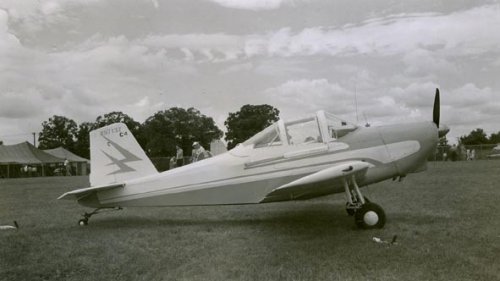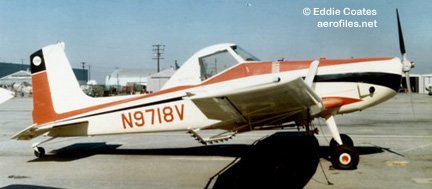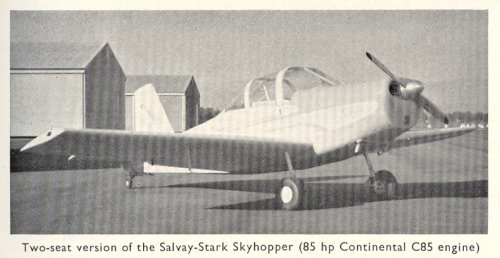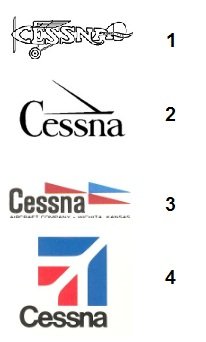After the end of World War II in 1945 there was resurgence in general aviation flying due to the great interest in airplanes. (...) A huge interest in building one's own airplane also grew in this postwar time. After the Civil Aeronautics Authority had effectively stopped homebuilt aircraft construction in 1938, leaving its regulation to the states, only Oregon passed a law permitting construction and registration of homebuilt aircraft designs. (...)
After the war, the Federal Aviation Agency (forerunner of our present Federal Aviation Administration) quickly rectified the CAA's oversight, recognizing homebuilt aircraft under a category of Experimental-
Amateur built aircraft. A homebuilt experimental-registered aircraft had to meet the 51% rule; more than half the construction had to be performed by the owner-builder. Construction had to be monitored and signed off by an FAA inspector or a Designated Engineering Representative for sound and safe building principles and practices.(...)
There were even some efforts to see who could design and successfully fly the "World's Smallest" fixed wing aircraft. (...) One of the very early homebuilt design efforts after the war was advanced by E. M. "Gene" Salvay and George A. Stark who formed the Skyhopper Aircraft, Inc. firm in 1945 in Kansas City, Kansas specifically to design a light aircraft and sell its plans to home constructors. Their "Skyhopper", design of which started in 1944, prototype NX41770 was a small, single place cantilever low-wing taildragger monoplane of mixed contruction with an open cockpit powered by a 50 horsepower engine. The goal was a plane that could be built for $1,000, and be affordable to many eager aviators in 1946. The prototype Skyhopper NX41770 first flew in 1946.
The developed revised plans-built Skyhopper I used a Continental A65 65 horsepower engine and had an enclosed cockpit, with a small built-up back and head rest fully enclosed by a small, tapered clear bubble plexiglass sliding canopy and curved low windshield. The plans version Skyhopper I single place aircraft was a handsome, well engineered design with NACA wing root airfoil 23015 and wing tip airfoil 23012. It had wide spaced fixed, short main gear strutted from the wing spars with streamlined wheel pants and a small tail wheel. (...) A two-place Skyhopper II was also offered by Salvay and Stark, by widening the fuselage just fourteen inches and using a somewhat longer wing. The A65 engine used a two-blade prop with spinner, furthering the mini-fighter image.
A number of subsequent Skyhopper amateur constructors modified their Skyhopper build using various other engines of higher horsepower. The Skyhopper design was described in a feature article in the September 1957 Vol. 6 No. 9 issue of the "EXPERIMENTER" magazine of the Experimental Aircraft Association (EAA) (...)




